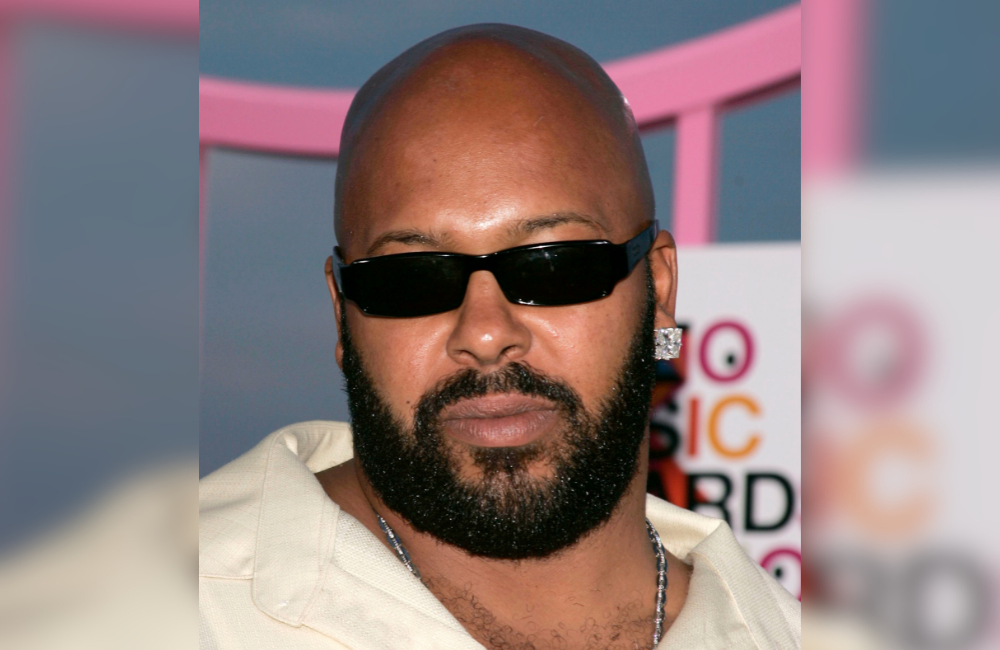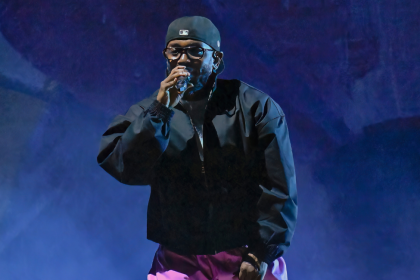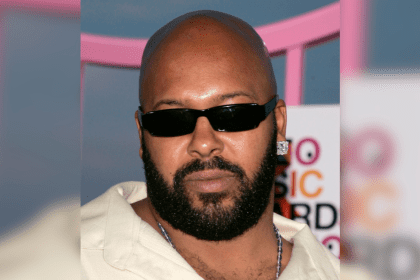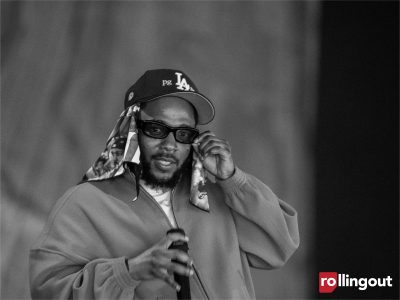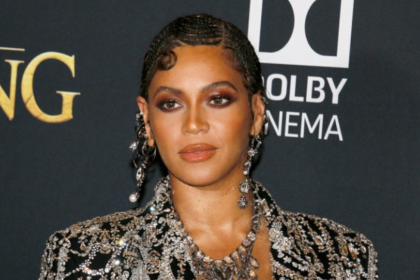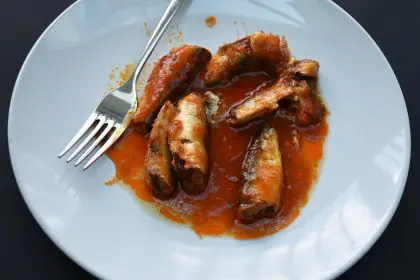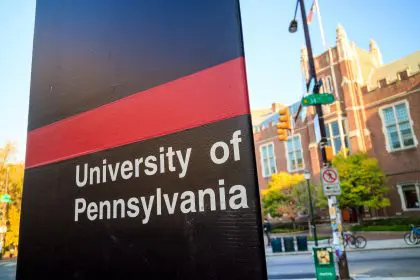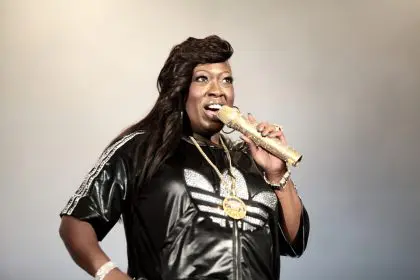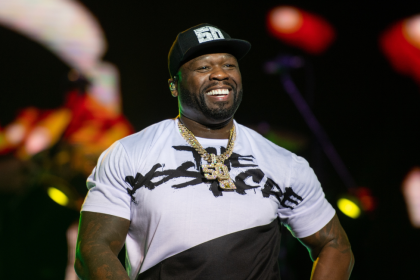Marion ‘Suge’ Knight claims a group of Tupac Shakur’s closest friends and family smoked his cremated ashes in a blunt. This revelation has shocked the hip-hop community and fans worldwide.
Speaking exclusively to PEOPLE from California’s Richard J. Donovan Correctional Facility, where he is serving a 28-year sentence for a 2015 fatal hit-and-run, the former Death Row Records CEO recounted the events surrounding Tupac’s death and the unusual tribute that followed. The correctional facility is known for housing high-profile inmates and maintaining strict security protocols.
Tupac Amaru Shakur, aged 25, was fatally shot on 7 September 1996 in Las Vegas after attending a Mike Tyson fight with Knight. The boxing match created significant buzz in the entertainment world, drawing celebrities and hip-hop artists to witness the event.
The pair were ambushed at a red light after leaving the MGM Grand, when gunfire tore through their black BMW. The intersection has since become a significant location for Tupac fans who visit Las Vegas to pay their respects.
Knight was grazed in the head, but Tupac was shot four times. The drive-by shooting remains one of hip-hop’s most infamous unsolved cases despite numerous investigations over the years.
“I got out and tried to tell the officers what happened while I was bleeding everywhere. I then was getting Tupac out the car, even when the door was open. I had to go over there bleeding everywhere, take the seat belt off him,” he told People. Knight’s firsthand account provides rare insight into those chaotic moments immediately following the shooting.
Both men were rushed to the University Medical Center of Southern Nevada. The hospital’s trauma team worked tirelessly to save both victims of the violent attack.
Knight received treatment and was discharged, but Tupac underwent two emergency surgeries, including the removal of a lung. Medical professionals fought to save the rapper’s life while the hip-hop community waited anxiously for updates on his condition.
On 13 September 1996, at 4.03pm, Tupac was pronounced dead. His passing sent shockwaves throughout the music industry and devastated millions of fans around the globe.
Knight revealed the rapper’s mother, Afeni Shakur, wanted Tupac cremated immediately, without a funeral or delay. Afeni, a former Black Panther activist, made this decision to maintain privacy during an incredibly difficult time.
“I paid a million in cash to make it happen,” Knight said. This substantial payment ensured the cremation process was handled discreetly and according to the family’s wishes.
Later that night, a small group including Afeni gathered to honor Tupac. The intimate ceremony brought together those who were closest to the legendary rapper during his brief but impactful life.
“A bag with his ashes was passed around. His homies rolled him up. They smoked him,” Knight said. This unconventional tribute reflected the unique bond between Tupac and his inner circle.
“You gotta understand, that’s what made sense. It was symbolic. It’s like… you keep part of him,” he added. The ritual represented a deeply personal way for his friends to maintain an eternal connection with their fallen comrade.
Knight, 61, also described how he was unable to join the ritual as he was on probation and could not smoke. His legal restrictions prevented participation in what he considered a meaningful farewell ceremony.
“I told his mother, ‘Moms, I’d love to, but if I hit that, I’ll get in trouble.’ I was probably the only one who didn’t hit him,” he said. Knight’s probation status created a barrier between him and this final tribute to his friend and business partner.
This revelation adds another fascinating chapter to Tupac‘s enduring legacy and the mysteries surrounding his death. The story illuminates the deep relationships within hip-hop culture and demonstrates how grief can manifest in unexpected ways. Knight’s account provides unprecedented insight into the private moments following one of music history’s most tragic losses, showing how those closest to Tupac chose to honor his memory in their own unique manner.

